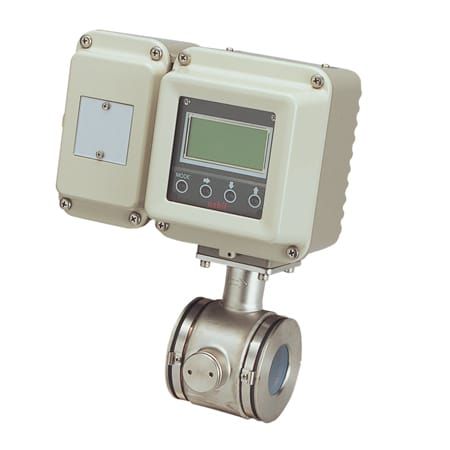Offshore workers in Australia prepare to strike, threatening global gas markets
The global gas markets are forecast to go into meltdown with offshore workers in Australia declaring they are ready to take action with proposed strikes at Woodside Energy’s (ASX: WDS) Western Australian assets.
The Offshore Alliance (OA), which is representing the Woodside workers, says they are primed and ready to go if talks with the gas giant fail tomorrow.
OA members voted unanimously over the weekend to endorse a proposal giving Woodside 7 ‘working days’ notice of a Protected Industrial Action if its enterprise bargaining agreement (EBA) claims for workers stationed on the Woodside platforms are not resolved by COB
“Woodside spent $2 million on lawyers to try and prevent our members from exercising their lawful right to bargain for an EBA – and lost,” the Offshore Alliance declared.
The OA highlighted its feelings on the matter when it stated; “Woodside are killing the pig and the Offshore Alliance won’t be copping the ‘cupboard is bare’ narrative when we sit down with the Woodside HR bosses tomorrow in a further platform bargaining meeting.”
Calls for fair share and contractual agreements
“It’s time that Woodside’s operations workforce got their fair share of the profits which they generate for the Woodside shareholders.”
“The cost of Woodside not sorting out an agreement with the OA will be infinitely greater than the cost of extended protected industrial action.”
In early August, OA members at Chevron and Woodside agreed to contemplate industrial action over what they alleged were the “gas giants’ failures to agree to benchmark pay and conditions, prohibitions against outsourcing jobs to labour hire contractors and job security.”
The Alliance reported that more than 150 members on Woodside’s offshore LNG platforms Goodwyn Alpha, the North Rankin complex and Angel platform off the coast of Karratha had voted 99% in favour of taking protected industrial action to progress their bargaining claims.
Impact on global gas markets
Senior commodity strategist, Daniel Hynes, in his daily ANZ “Commodities Wrap” again highlighted the threat to international gas markets the WA strike action poses.
He noted that gas prices across Europe and Asia have already recorded extended gains with the threat of the Australian strike action looming.
Mr Hynes noted that industrial action must start within 30 days of a completed ballot, and unions must provide seven days’ notice before a strike can begin.
He said the fact that this could see disruptions begin in early September sent the European benchmark price up 12% to a two-month high. North Asian LNG prices also increased significantly.
Mr Hynes said that any disruption lasting more than a month is likely to have a material impact on the supply-demand balance over the northern winter.
“More significantly, it could ignite a bidding war between Europe and Asia.”
Complaints against Woodside’s Angel platform
The Offshore Alliance has filed a further complaint with Australia’s offshore oil and gas regulator National Offshore Petroleum Safety and Environmental Management Authority (NOPSEMA), about the alleged state of Woodside’s Angel platform.
According to OA, NOPSEMA has yet to respond to the union’s complaint last week about Woodside not having a trained medic on the Angel platform despite there being 24 workers on the facility.
“This isn’t good enough from a regulator which has long been considered to be captured by industry in how it deals with the health and safety of offshore oil and gas workers,” OA alleged.
The OA has also filed a complaint with NOPSEMA about an alleged lack of fire pumps on the Angel platform.
Source: https://smallcaps.com.au/offshore-workers-australia-prepare-strike-threatening-global-gas-markets/


